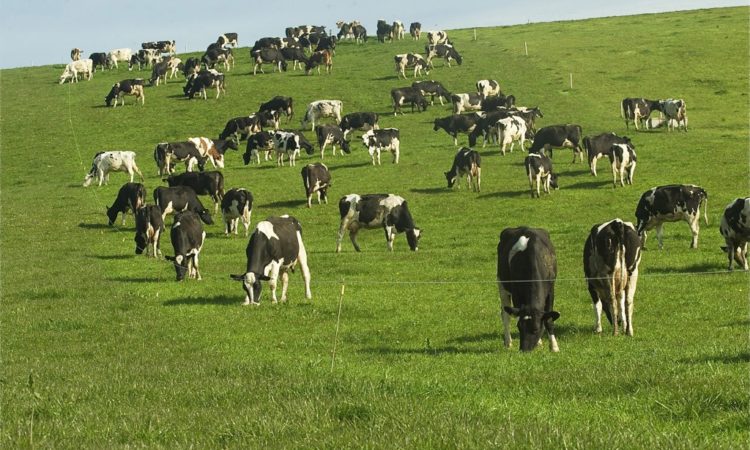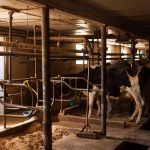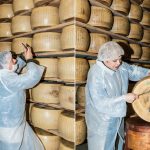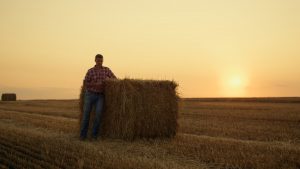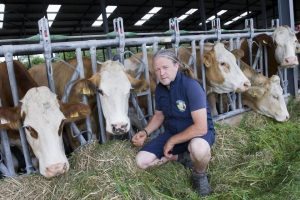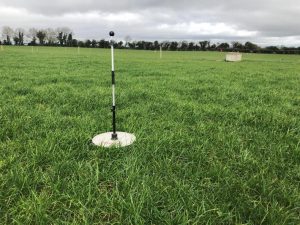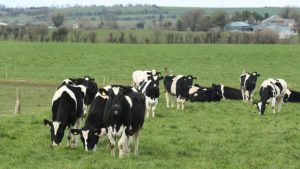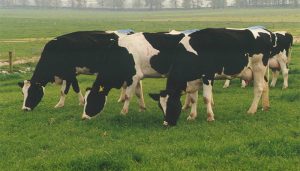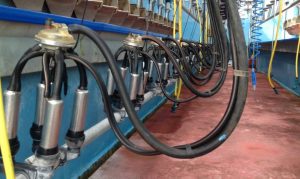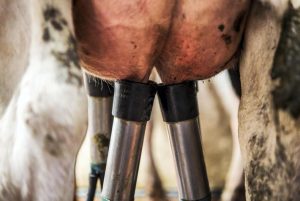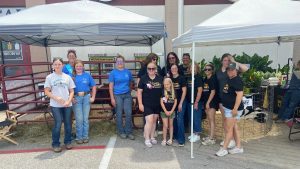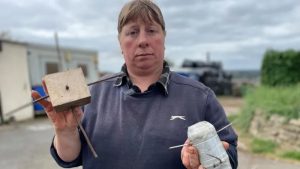
In comparison, dairy cow numbers increased by a total of 34,800 (+2.5%) to 1,432,700 between 2016 and 2017 – with all cattle numbers increasing by 142,300 (+0.2%) to 7,363,500.
These figures clarify in number terms the growth in dairy and the reduction in other cattle enterprises.
The 2018 figures also reveal the largest number of total cattle was in the south-west region at 1,467,200 with the lowest number being in the mid-east and Dublin region at 735,800.
County-By-County
By a long short, Co. Cork still remains the county with the greatest amount of dairy cows at 378,200 – which has increased by 8,600 or 2.3% from 2017.
Co. Leitrim has not experienced the same growth in dairy like a lot of Irish counties and still remains the county with the least amount of dairy cows, at 2,000 cows – the same as the previous year.
One county which experienced a decrease in dairy cow numbers, was Co. Dublin. Cow numbers dropped from 3,100 in 2017 to 2,900 in 2018 – which is indicative of the county’s strong urban growth.
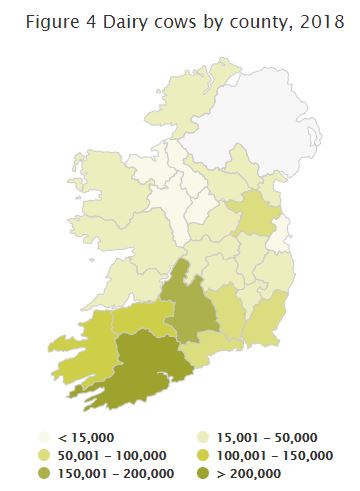
However, the vast majority of counties experienced a growth in dairy cow numbers. Co. Tipperary for example has grown numbers by almost 5% from 165,000 to 173,200 and Co. Wexford has grown by 7% from 72,600 to 77,900.
Although, some counties have experienced a much smaller growth in dairy cow numbers than this. Co. Cavan for instance had a slight increase of 200 to 37,500, Co. Galway increased by 800 to 36,200 and Co. Longford by 300 to 10,000 dairy cows between 2017 and 2018.
